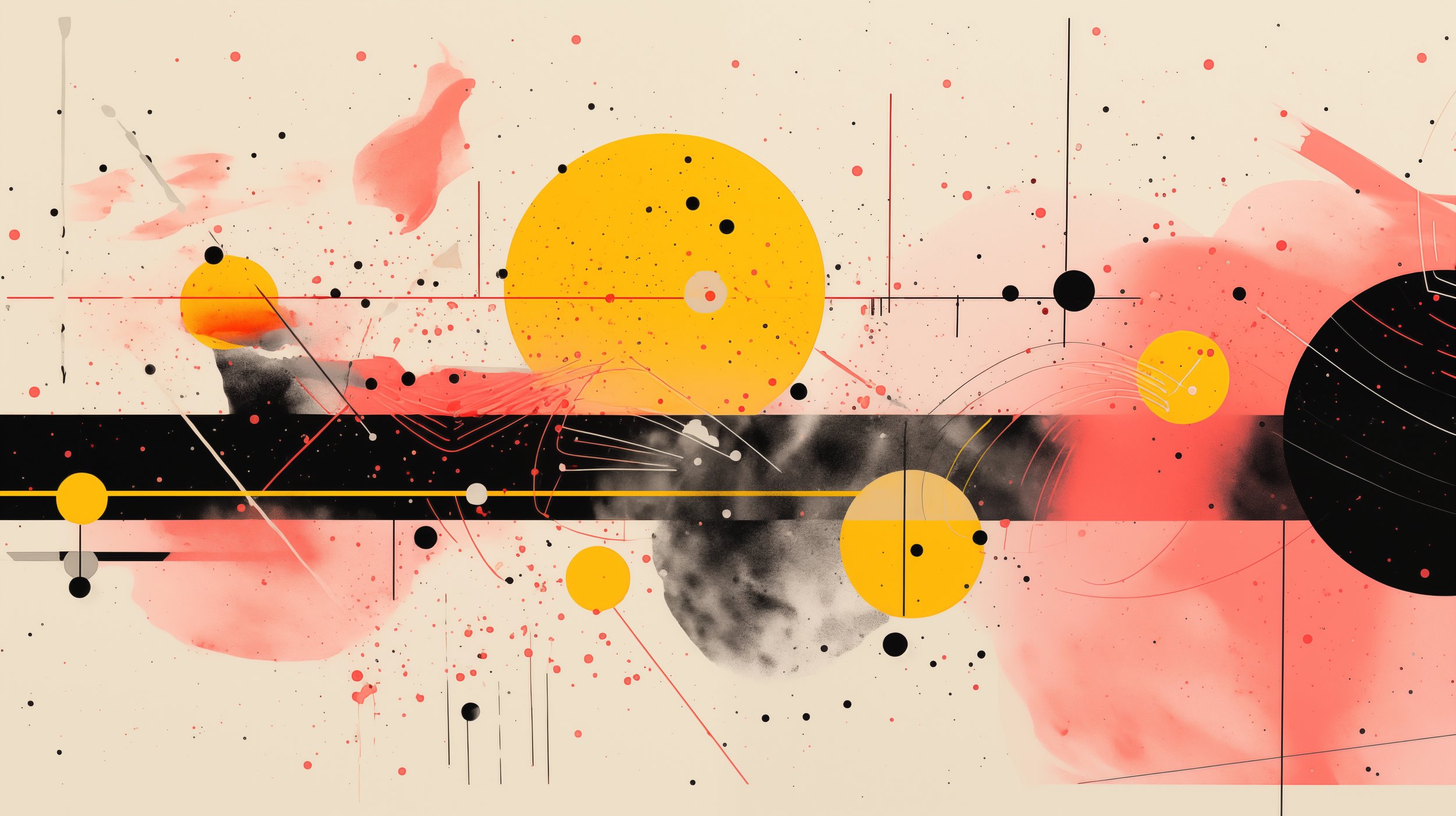Environment and Design
Part 6 of Re-Reading McLuhan
Marshall McLuhan was adept at observing the interplay between media, technology, and society. Given today's pressing environmental concerns, one could imagine him delving into the ethics of design through the lens of sustainability. By considering the "message" of our modern tools and platforms, designers can have a profound impact on creating a more sustainable future.
Design's Carbon Footprint
Every digital interaction, from streaming a video to hosting a website, has an environmental cost, primarily through energy consumption in data centers.
Focus for Design: Prioritize energy efficiency. Opt for green hosting solutions, streamline code, and ensure that digital platforms are as resource-efficient as possible.
E-waste and Product Lifespan:
Rapid technological evolution has led to a culture of frequent device upgrades, resulting in substantial e-waste.
Focus for Design: Advocate for modular and durable design. Devices should be designed for longevity, with easily replaceable components, and encourage repair over replacement.
Digital Minimalism
The culture of "more is better" pervades the digital realm, from app notifications to the relentless drive for new features. This not only affects mental well-being but also has environmental costs in terms of data storage and energy.
Focus for Design: Embrace minimalism. Streamline features, reduce unnecessary digital clutter, and design for meaningful, purposeful interactions.
Physical-Digital Integration
As the lines between the digital and physical worlds blur, designers have opportunities to create solutions that directly benefit the environment, like smart grids or resource management tools.
Focus for Design: Harness technology for sustainability. Innovate in areas like IoT (Internet of Things) to optimize resource usage in real-world scenarios.
Promotion of Sustainable Behavior
Digital platforms can nudge user behavior. Design can be a tool to promote sustainable actions, like reducing energy consumption or supporting ethical brands.
Focus for Design: Design for positive behavioral change. Utilize persuasive design techniques to encourage environmentally friendly user actions.
Transparency and Education
As McLuhan emphasized the effects of media, the digital age can help educate users on environmental impacts and the sustainability of products or services.
Focus for Design: Offer clear insights. Platforms can be designed to give users transparency about the environmental impact of their choices, fostering more informed decisions.
Collaborative and Open Source Design
Open source movements can lead to more sustainable solutions, as they harness the collective intelligence of a global community.
Focus for Design: Promote collaboration. By making designs and solutions open source, designers can tap into global expertise and perspectives, leading to more holistic and sustainable outcomes.
Digital Overconsumption
The digital realm, while intangible, promotes a form of consumption, whether it's binge-watching shows or endless scrolling. This constant engagement has indirect environmental costs.
Focus for Design: Encourage digital detoxes. Design platforms that promote breaks, mindfulness, and periodic disengagement, benefiting both the environment and user well-being.




